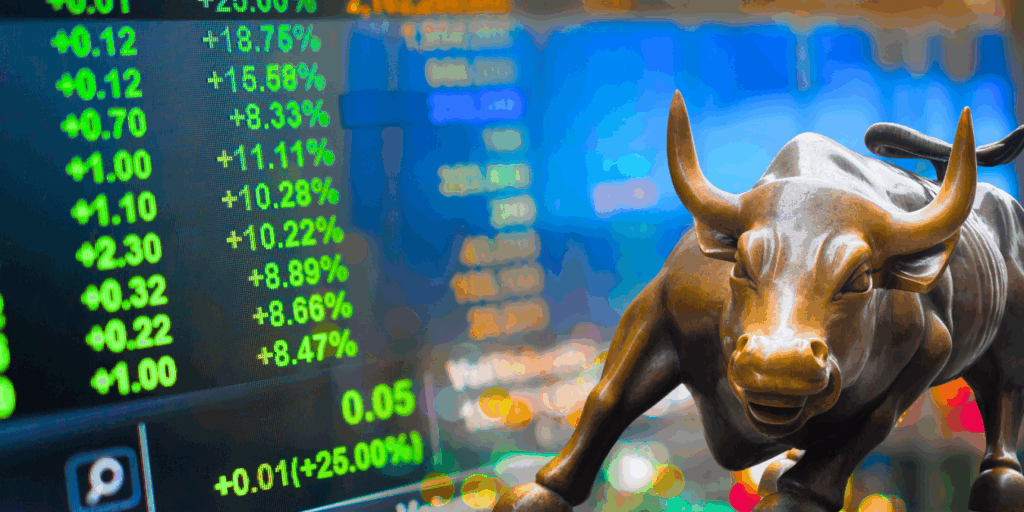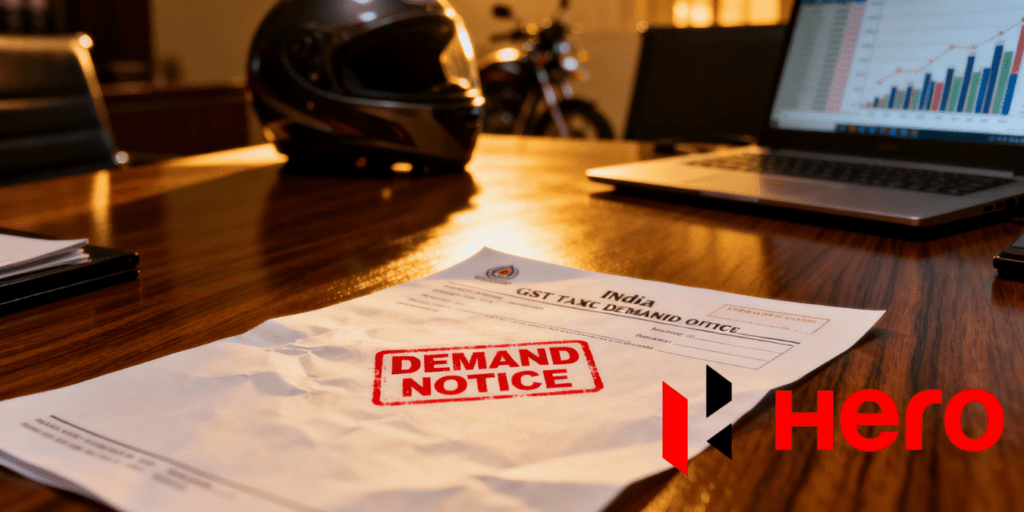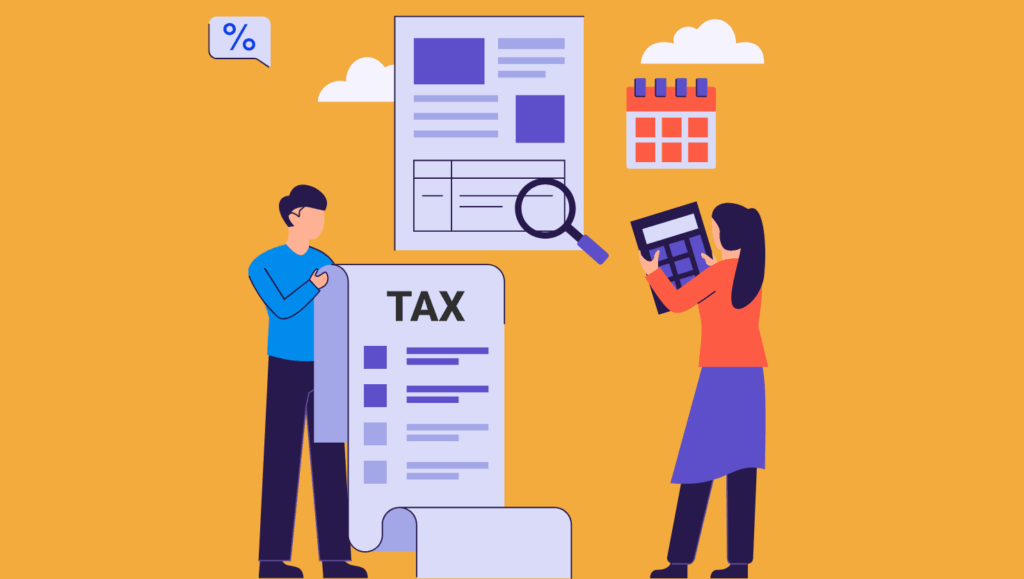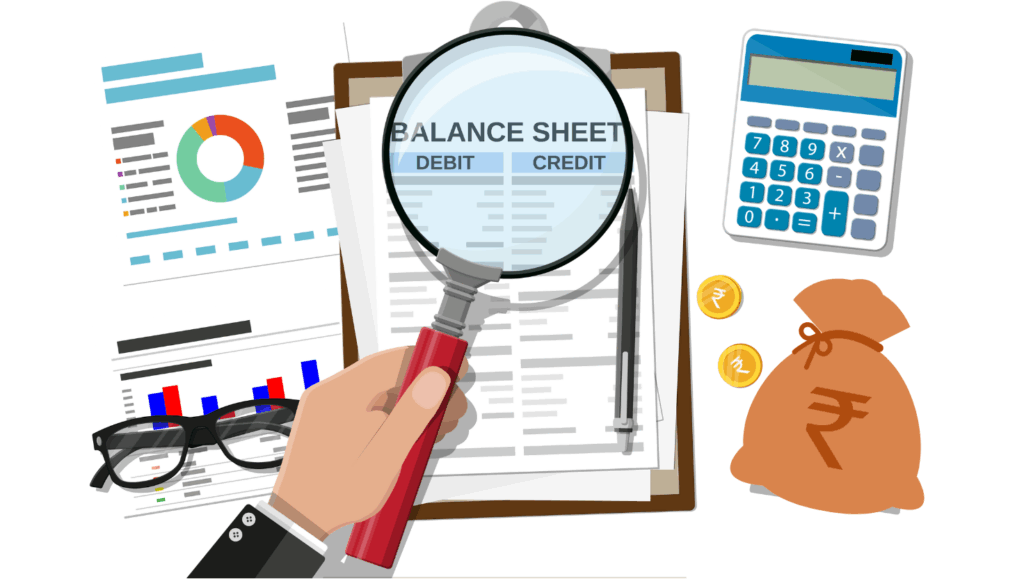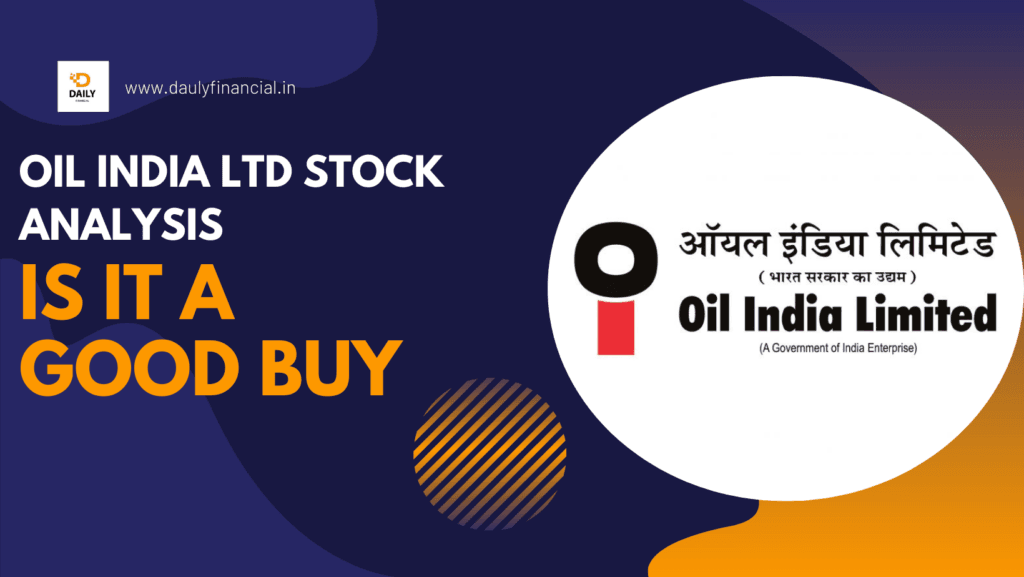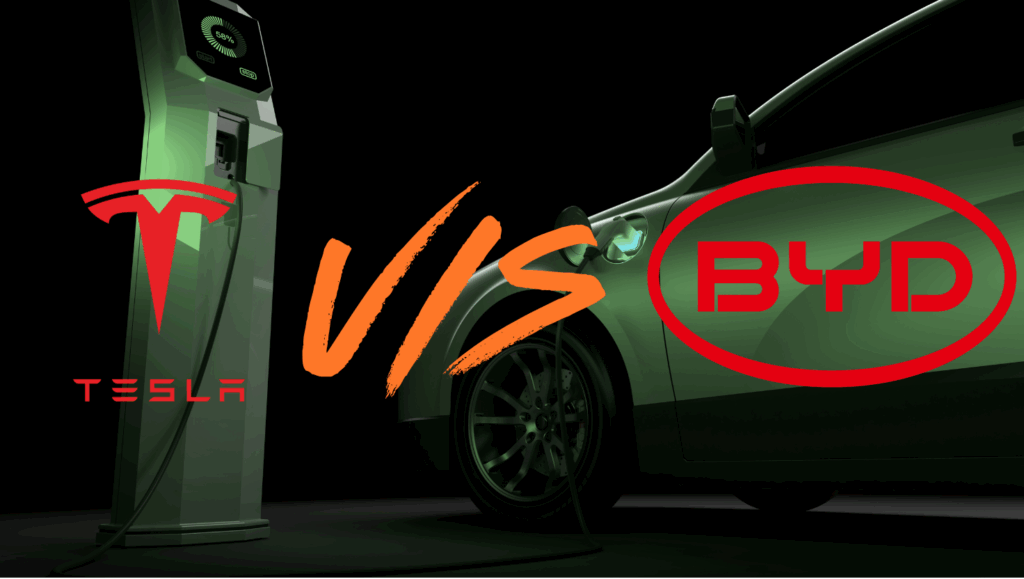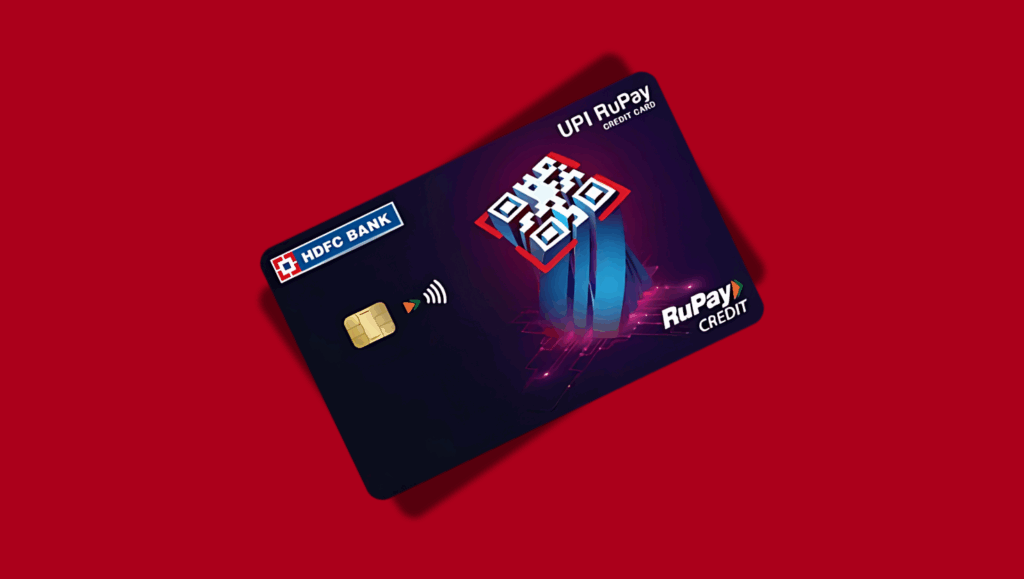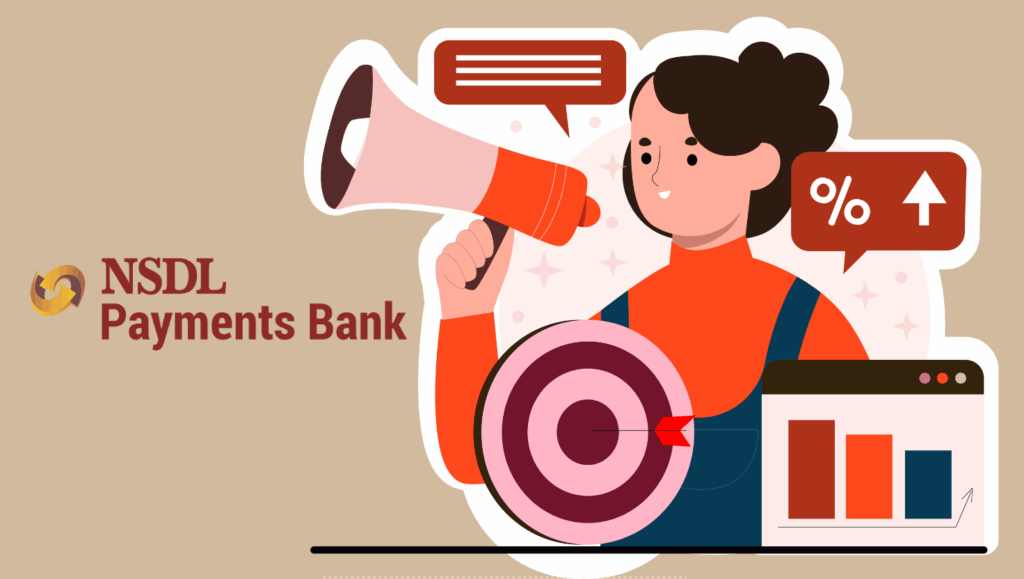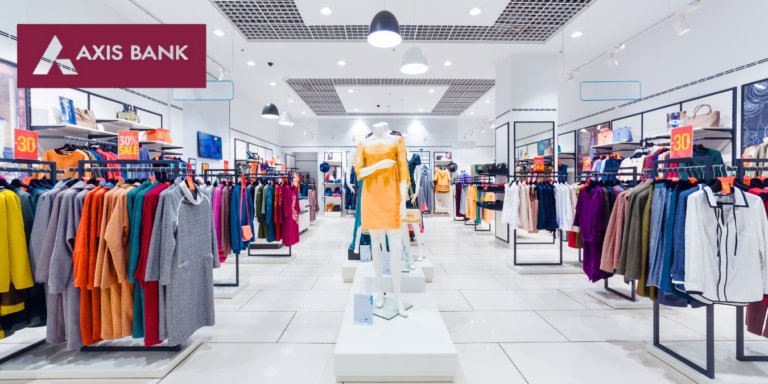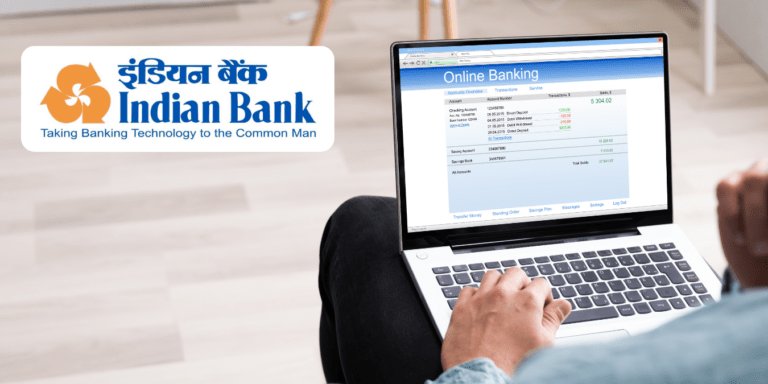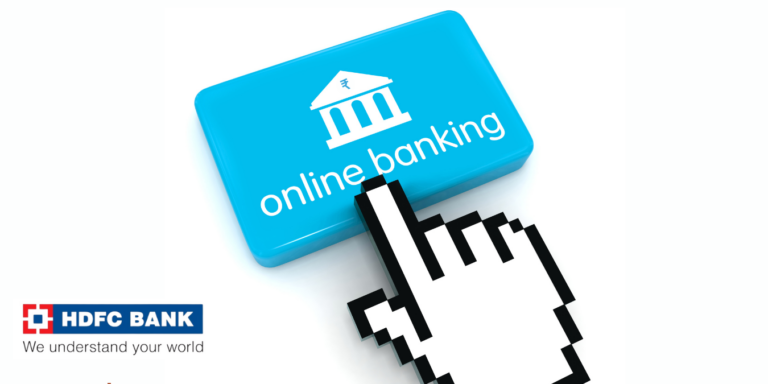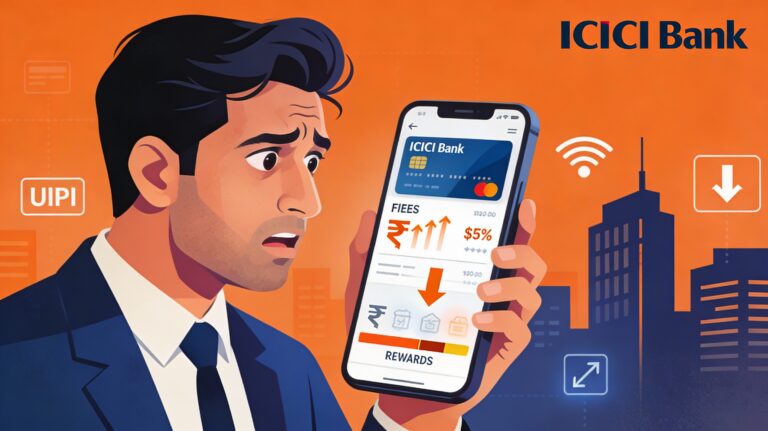
IDFC First Bank Q2 FY26: The Secret Investment Playbook Every Smart Investor Must Know
IDFC First Bank’s 75.5% profit surge hides a shocking secret most investors are missing. While experts debate “overvalued,” smart money spots a hidden transformation worth ₹179 per share. Discover the urgent investment strategy turning this overlooked mid-cap into 2025’s biggest banking surprise before markets catch on.
What if the biggest profit opportunity in Indian banking wasn’t where everyone was looking? While giants grab headlines, a hidden contender just posted one of the most shocking quarterly performances of 2025 — and most retail investors almost missed it. IDFC First Bank’s standalone net profit exploded 75.5% year-on-year to ₹352 crore, customer deposits jumped 23.4% YoY, and its CASA ratio climbed to an enviable 50.07%. But here’s the million-rupee question every investor is asking in October 2025: How do you turn these numbers into actual profit? This isn’t just about banking results — it’s about uncovering the Smart investment strategy that could transform your portfolio before the market catches on.
Why This Quarter Changes Everything for Investors
Before diving into investment strategies, let’s understand what makes Q2 FY26 a game-changer. IDFC First Bank delivered numbers that force a complete rethink of mid-cap banking investment thesis:
- Net Profit: ₹352 crore (up 75.5% YoY) — the highest growth among comparable private banks
- Total Customer Business: ₹5,35,673 crore (+21.6% YoY)
- Advances: ₹2,66,579 crore (+19.7% YoY)
- Customer Deposits: ₹2,69,094 crore (+23.4% YoY)
- CASA Ratio: 50.07% — a psychological milestone that signals institutional-grade deposit franchise
- Asset Quality: Gross NPA at 1.86%, Net NPA at just 0.52%
- Operating Leverage: Business grew 21.6% while costs rose only 11.8% — a Smart efficiency story
Market Reaction: The stock rallied over 6% post-results, with technical indicators turning bullish as of October 20, 2025.
The Investment Thesis: Why IDFC First Bank Deserves Your Attention
The Hidden Value Play
As of October 21, 2025, IDFC First Bank trades at a PE ratio of 44.86 and Price-to-Book of 1.52. Some analysts label this “expensive” or “overvalued”, but here’s the secret insight smart investors are spotting: the bank is in the early innings of a multi-year transformation from infrastructure-heavy lender to retail banking powerhouse.
Intrinsic value estimates suggest the stock could be worth ₹179.23 based on median valuation models — more than double the current trading price around ₹76-77. Even conservative analysts from HDFC Securities set a one-year target of ₹88.5, implying 15% upside.
The Growth Trajectory No One’s Talking About
IDFC First Bank’s CASA ratio journey tells the real story: from 8.7% in 2018 to 50%+ by September 2025 — a 5.8x increase in less than seven years. This isn’t just growth; it’s a structural transformation that creates sustainable competitive advantage and cheaper funding costs.
Investment Strategy 1: The Long-Term Compounder Play
Who it’s for: Patient investors with 3-5 year horizon seeking wealth creation
The Smart Approach
IDFC First Bank fits the classic turnaround-to-compounder narrative. CEO V. Vaidyanathan’s vision of building a retail-first, digital-led bank is showing tangible results. The bank’s focus on ethical banking, transparent pricing, and customer-first approach is building a sticky deposit franchise.
Key metrics supporting this thesis:
- Retail deposits now constitute 79% of total deposits
- Digital transactions account for 98.7% of all transactions
- Credit card portfolio: 4 million cards with 36% YoY growth in spends
- Branch expansion: Strategic opening of 25 new branches in Q2 FY26 alone
Investment action plan:
- Systematic accumulation: Use SIP-style investing to build position over 6-12 months, averaging out volatility
- Target allocation: 3-5% of equity portfolio for diversification into mid-cap banking
- Entry zones: Current levels (₹76-78) offer reasonable entry; accumulate on dips toward ₹70-72
- Exit strategy: Book partial profits at ₹88-90 (short-term target), hold core position for ₹120+ (18-24 months)
- Risk management: Stop loss below ₹65 on closing basis
Expected returns: 40-60% over 2-3 years based on earnings CAGR and multiple expansion as transformation story gains recognition.
Investment Strategy 2: The Momentum & Technical Play
Who it’s for: Active traders and investors riding near-term momentum
The Technical Setup
As of October 20, 2025, IDFC First Bank’s technical trend shifted from “mildly bullish” to “bullish”. Key technical indicators support this:
- MACD: Bullish on weekly and monthly timeframes
- Bollinger Bands: Bullish signal across timeframes
- Moving averages: Daily MAs confirm bullish outlook
- Recent breakout: Stock broke out from consolidation zone post-Q2 results
Investment action plan:
- Momentum entry: Buy on sustained move above ₹77-78 with volume confirmation
- Quick targets: ₹82-85 (short-term), ₹88-90 (medium-term based on analyst targets)
- Stop loss: Trail below recent swing low or 5-7% from entry
- Position sizing: 2-3% of trading capital per position
- Book profits: Take 50% off at first target, trail remaining with stop loss
Expected returns: 10-20% over 3-6 months riding the positive earnings momentum and sector rotation into quality mid-cap banks.
Investment Strategy 3: The Sector Diversification Approach
Who it’s for: Portfolio investors seeking banking sector exposure beyond large-caps
Why Banking Stocks Matter in 2025
The Indian banking sector is at an inflection point in October 2025. With India’s GDP growing 6.5%+ and credit-to-GDP ratio among the lowest globally at 93%, there’s massive room for sectoral growth. The RBI’s recent 50bps repo rate cut to 5.5% and 25bps CRR reduction are supportive tailwinds.
IDFC First Bank’s positioning within sector:
Among India’s top 12 banking stocks, IDFC First Bank stands out for:
- Highest deposit growth among peers (23.4% YoY)
- Best-in-class CASA ratio for mid-sized private banks (50.07%)
- Superior asset quality compared to recovery story banks
- Digital leadership with 98.7% digital transaction adoption
Investment action plan:
- Portfolio allocation: 10-15% to banking sector; allocate 20-25% of banking allocation to IDFC First Bank
- Peer comparison: Balance with large-caps (HDFC Bank, ICICI Bank) and other mid-caps (Axis, Kotak)
- Rebalancing: Review quarterly based on relative performance and fundamentals
- Diversification benefit: IDFC First’s growth profile complements stability of large-cap banks
Expected returns: Portfolio-level risk-adjusted returns of 12-15% annually with lower volatility through diversification.
Investment Strategy 4: The Contrarian Value Investment
Who it’s for: Value investors hunting mispriced growth opportunities
The Contrarian Angle
While some analysts flag the stock as “overvalued” based on current PE ratios, smart contrarians see opportunity in market’s misunderstanding of the transformation story. Here’s why:
The market is pricing IDFC First Bank as a “recovery story” when it’s actually a “structural growth story”:
- Revenue CAGR: Bank has grown revenues at 26.87% annually over five years
- Margin expansion ahead: NIM compression in Q2 (to 5.59%) is temporary; management expects improvement from Q3 onwards as cost of funds drops further
- MFI stress behind: CEO confirmed microfinance stress is “behind us” — a major overhang removed
- Operating leverage inflection: Cost-to-income ratio improving rapidly creates earnings torque
Investment action plan:
- Deep value entry: Wait for market overreactions (bad news, sector selloffs) to enter at better valuations
- Target price: Intrinsic value of ₹179+ suggests significant upside from current ₹76-77 levels
- Accumulation zone: Build position between ₹70-78; aggressive buyers can average down if stock dips to ₹65-70
- Holding period: Minimum 2-3 years to allow transformation to reflect in valuations
- Catalysts to watch: Quarterly earnings consistency, NIM stabilization, deposit franchise deepening
Expected returns: 100%+ potential over 3-4 years as market re-rates the stock from “recovery” multiple to “quality growth” multiple.
The Risk Factors Every Investor Must Know
No investment is without risks. Here's what could go wrong with the IDFC First Bank investment thesis:
Operational Risks
- NIM pressure: If cost of funds doesn't moderate as expected, margins could remain under pressure
- Asset quality slip: While management says MFI stress is over, any fresh deterioration in retail/MSME books could trigger provisioning spikes
- Competition intensity: Digital-first lenders and fintech are aggressively competing for the same customer base
Market Risks
- Valuation correction: At 44x PE, the stock is vulnerable to broader market selloffs or banking sector de-rating
- Growth slowdown: Any deceleration in Indian GDP or credit growth would impact loan book expansion
- Regulatory changes: RBI policy shifts on lending norms, capital requirements could affect profitability
Sector-Specific Risks
- Deposit competition: Rising deposit rates industry-wide could pressure CASA ratios and margins
- Liquidity concerns: Tight systemic liquidity could constrain growth plans
- Integration challenges: Rapid expansion requires seamless technology and operational integration
Risk mitigation:
- Don't allocate more than 3-5% of portfolio to single stock
- Monitor quarterly results and management commentary closely
- Set strict stop losses based on your risk tolerance
- Diversify across market caps and banking sub-segments
How to Execute Your Investment Plan: Quick Action Steps
For First-Time Investors in IDFC First Bank
Week 1-2: Research Phase
- Open Demat account if you don't have one
- Read Q2 FY26 investor presentation and earnings call transcript
- Compare IDFC First Bank with 2-3 peer banks (Axis, Federal, AU Small Finance)
- Decide investment amount based on your risk appetite and portfolio size
Week 3-4: Entry Phase
- Place limit order at desired entry price (₹75-78 zone)
- Consider splitting entry into 2-3 tranches for better averaging
- Set up price alerts for stop loss and target levels
- Document your investment thesis and review triggers
Month 2-6: Monitoring Phase
- Track quarterly earnings (next results in Jan 2026)
- Monitor key metrics: CASA ratio, NIM, asset quality, loan growth
- Read analyst reports and management interviews
- Adjust position sizing based on portfolio rebalancing
For Experienced Investors
Advanced strategies:
- Options play: Use call options for leveraged exposure if bullish on near-term momentum
- Pairs trade: Long IDFC First Bank, short a laggard peer bank to capture relative outperformance
- Thematic basket: Combine with other transformation stories (DCB Bank, Federal Bank) for sector basket
The Future Catalysts That Could Drive Stock Higher
Near-Term Catalysts (Next 6-12 Months)
- Q3 FY26 results (Jan 2026): Demonstration of NIM stabilization and continued deposit growth
- Warburg Pincus stake: The PE major acquired 10% stake via CCPS worth ₹4,876 crore — strong validation
- ADII investment: Abu Dhabi Investment Authority's ₹2,624 crore infusion signals institutional confidence
- Credit rating upgrades: Improved financial profile could trigger rating actions, lowering funding costs
Medium-Term Catalysts (1-3 Years)
- Digital banking awards: Recognition as "Best Digital Bank India 2025" enhances brand equity
- Branch network expansion: Target of 1,000+ branches by FY27 deepens physical presence
- Product innovation: Launch of new credit cards, wealth products, MSME solutions drives fee income
- Cross-sell success: Deeper wallet share from existing 4 million+ credit card customers
Long-Term Structural Tailwinds
- Financial inclusion: India's credit penetration remains low, offering decades of growth runway
- Digital adoption: As Digital India accelerates, IDFC First's tech-first approach becomes competitive moat
- Urban migration: Growing urban and semi-urban middle class aligns with bank's retail focus
- Regulatory support: RBI's stable policy framework and focus on banking stability
The Verdict: Should You Invest?
The Investment Case Scores
Strengths (8/10):
- Exceptional Q2 performance with 75.5% profit growth
- Best-in-class CASA ratio and deposit growth momentum
- Strong leadership with proven transformation track record
- Digital-first moat with 98.7% transaction digitization
- Institutional validation via Warburg Pincus and ADII investments
Weaknesses (4/10):
- Elevated valuations at 44x PE vs. sector average
- NIM compression requires monitoring in coming quarters
- Smaller scale vs. large private banks creates competitive challenges
Overall Investment Rating: 7/10 — Strong Buy for Long-Term, Hold/Accumulate for Medium-Term
Key Takeaways — Scannable Investment Checklist
✅ Q2 FY26 Performance: 75.5% profit growth, best quarterly showing
✅ Deposit Franchise: CASA ratio of 50.07% signals sustainable competitive advantage
✅ Growth Runway: 19.7% loan growth, 23.4% deposit growth — both ahead of industry
✅ Asset Quality: Stable with GNPA at 1.86%, NNPA at 0.52%
✅ Digital Leadership: 98.7% digital transactions, best-in-class mobile app
✅ Institutional Backing: Warburg Pincus (10%) and ADII investments validate story
✅ Valuation Opportunity: Trading below intrinsic value estimates of ₹179
✅ Price Targets: ₹88.5 (1-year, HDFC Sec); ₹78 median analyst target
✅ Technical Setup: Turned bullish as of Oct 2025 with strong indicators
✅ Investment Horizon: Best suited for 2-3 year wealth creation story
⚠️ Risk Factors: Elevated PE, NIM pressure, sector competition, market volatility
⚠️ Position Sizing: Limit to 3-5% of equity portfolio for risk management
The Final Word: Your Smart Investment Move (150 Words)
The banking sector rarely hands you hidden gems on a silver platter — but October 2025 might be the exception. While the market obsesses over megacap banks, IDFC First Bank is quietly executing one of the most remarkable transformations in Indian private banking. A 75.5% profit surge isn't luck; it's the result of years of strategic repositioning, digital-first thinking, and customer-centric execution finally converging. The real question for smart investors isn't whether to invest — it's whether you'll act before institutional money and retail FOMO drive valuations higher. With intrinsic value estimates suggesting 130%+ upside, strong fundamentals, and multiple near-term catalysts, the risk-reward at current levels tilts favorably. But remember: the best investment opportunities don't announce themselves with loudspeakers. They whisper through quarterly results, technical charts, and smart money moves. Are you listening?
Disclaimer: This article is for informational and educational purposes only. It does not constitute financial advice. Consult a SEBI-registered investment advisor before making investment decisions. Past performance does not guarantee future results. Investing in equities involves market risks.
